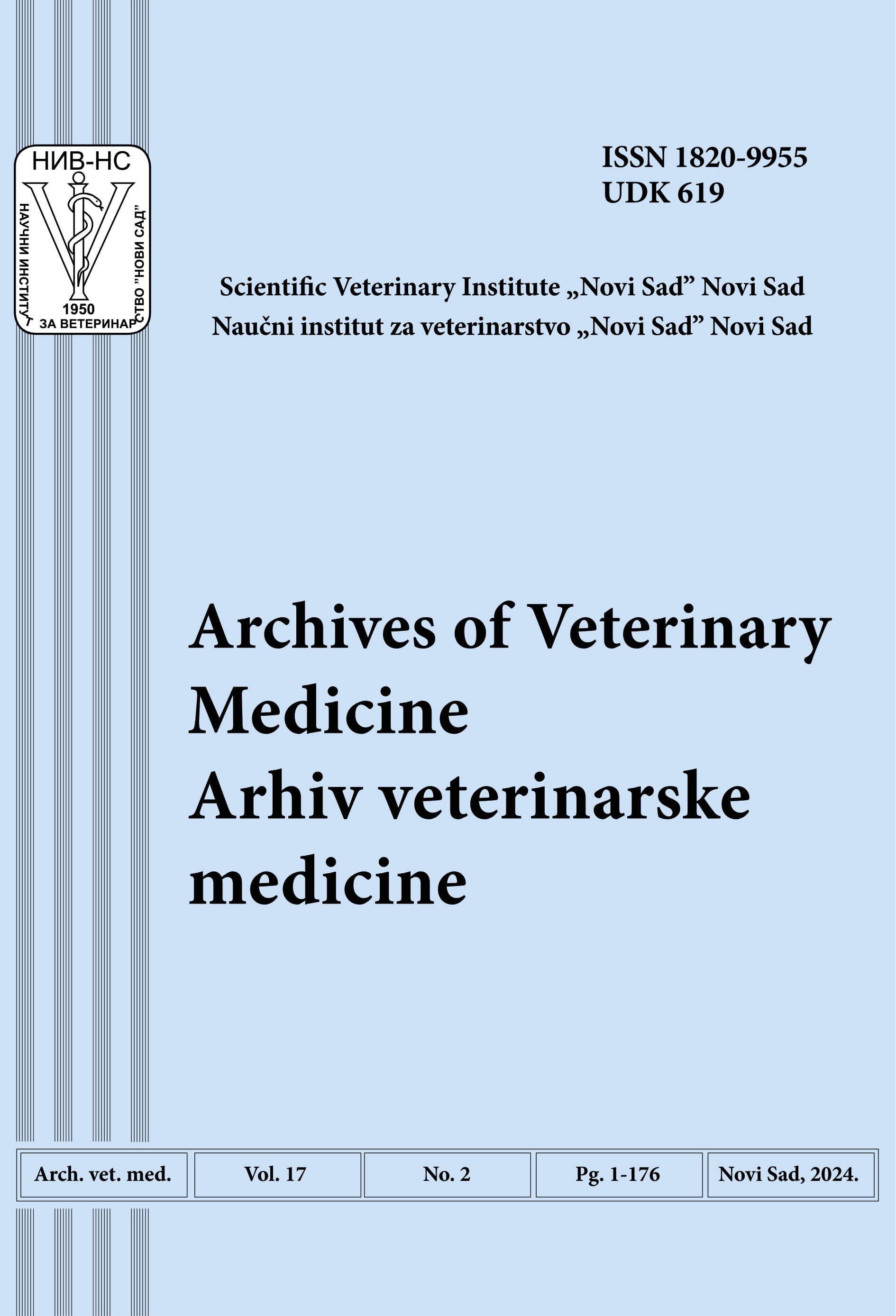Abstract
The persistence of Salmonella enterica and Listeria monocytogenes on poultry slaughter plant equipment and food contact surfaces is an important factor for food contamination. Both bacterial foodborne pathogens can form biofilms and survive stress caused by sanitation procedures. The aim of this study was to evaluate the degree of contamination of poultry slaughter plant equipment by Salmonella enterica and Listeria monocytogenes after cleaning and disinfection. Samples were taken from four areas of the poultry slaughter plant (i.e., slaughter line, cutting line, meat processing, and packing area) and evaluated using real-time quantitative PCR. In total 32.5% of samples were positive for Salmonella enterica, while 37.5% were positive for Listeria monocytogenes. Both Salmonella enterica and Listeria monocytogenes were most detected on the slaughter line, mostly after evisceration. Evisceration, or removal of the birds’ internal organs, may present a high-risk step of cross-contamination due to gut breakage and transfer of the contents to the skin, other carcass surfaces, and on equipment surfaces. This study indicates that poultry slaughter plant equipment may harbor foodborne pathogens like Salmonella enterica and Listeria monocytogenes after applying standard sanitation procedures.

This work is licensed under a Creative Commons Attribution 4.0 International License.
Copyright (c) 2024 Archives of Veterinary Medicine
